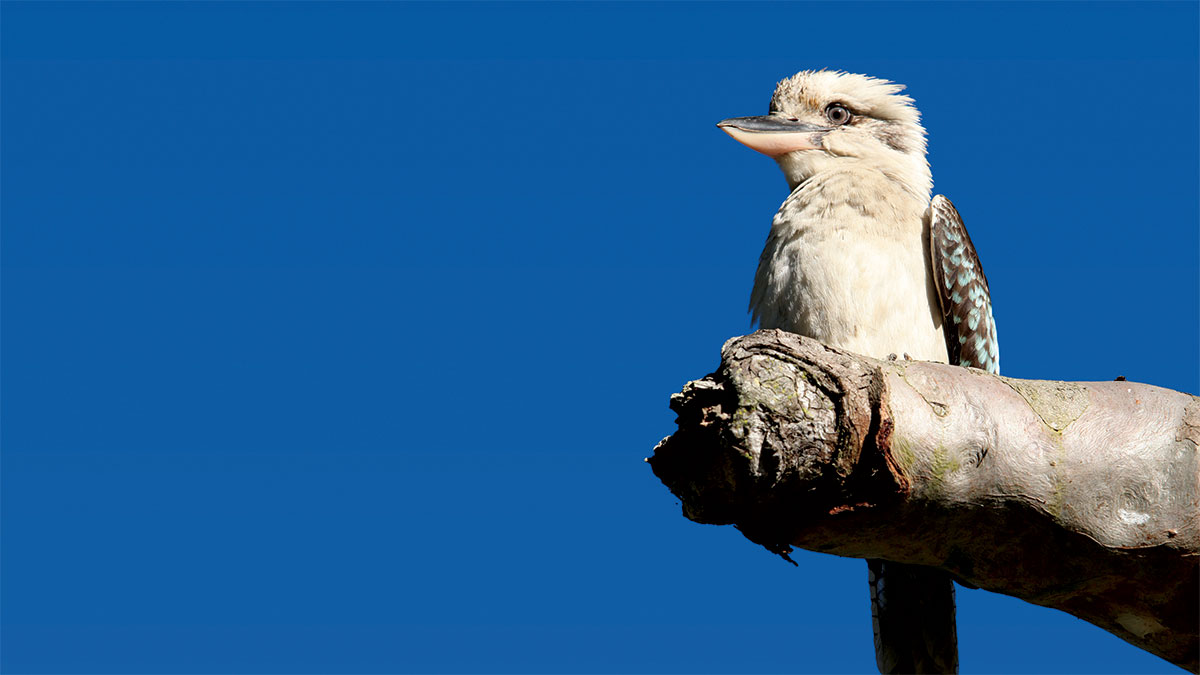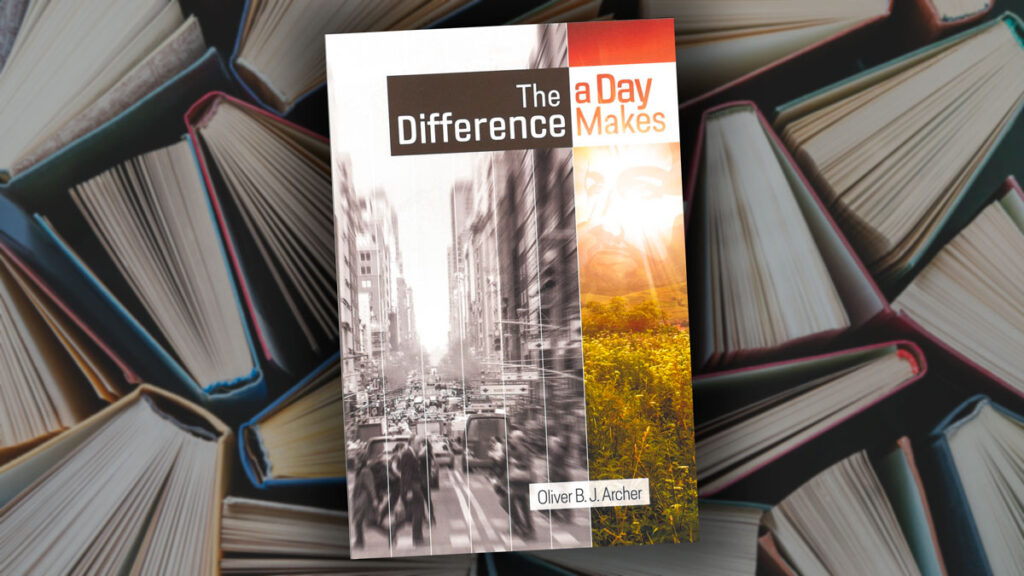My seven-year-old daughter was totally awake, thanks to jetlag, when she came into my bedroom at around 4am am to talk about things like school, scooters and the long flight from LA to Sydney. As dawn broke, an otherworldly cackling erupted outside.
“Dad, it’s kookaburras!” she exclaimed. Australia that morning seemed very close to heaven.
Recently, I had a very different conversation with a theologian colleague who asked about scientific developments relating to creation. The question launched me into an enthusiastic discourse about DNA’s genetic code, leading my friend and others’ eyes to glaze over within 30 seconds. Technical details overwhelmed their ability to appreciate what so thrilled me.
How disappointing that those without a molecular biology background are unlikely to appreciate these marvels! Not that I have special insights elevating me above mere mortals. Other people have profound understandings in whole areas of knowledge that reveal beauty I’d love to be able to see and appreciate.
While academic programs can educate, they can also blind us to other areas.
Others are more practically equipped, like Tan Bah Chee, my hero when I was a seven-year-old growing up in Penang, Malaysia. I held Mr Tan’s hand as he cared for our garden, showing me the mysteries of plant grafting and other botanical curiosities. [pullquote]
Science opens a thousand wonders to those subjected to the rigour necessary for understanding a small fraction of the creation, but the Creator God is infinite and His creation opens an unending array of marvels. These can be seen by all people; from a seven-year-old hearing kookaburras for the first time to a Malaysian gardener or a scientist contemplating overlapping genes and the genetic code.
Everyone can see some of God’s wonders. Talking about our universe, the psalmist wrote:
“There is no speech nor language
Where their voice is not heard”
Psalm 19:3 (NKJV).
The Creator God reaches all of humanity through His creation. However, delusions can blind even the most brilliant and educated (Isaiah 66:4 and 2 Thessalonians 2:11). My work involves examining arguments and evidence, looking for ways to reach minds blinded by the secular spirit of our age. But we don’t want to simply triumph over those we disagree with; like all Christians, we are called to participate with Christ in opening the eyes of the blind.
Imagine the darkness inhabited by those so deluded that the clear has become opaque and the creation, at which “the sons of God shouted for joy” (Job 38:7, NKJV), has collapsed into an unending struggle for survival. Jesus Christ, through whom “all things were made” (John 1:2, NKJV), is the Light of the World, yet “the darkness did not comprehend it” (John 1:3, NKJV). However, Jesus provides more than light; He gives “recovery of sight to the blind” (Luke 4:18, NKJV).
Not everyone is going to appreciate the genetic code’s inner secrets, plant grafting, mathematically-modelled heavenly movements, ingredient combinations that create delicacies, flower arrangements that captivate eyes or any number of the other infinite wonders of God’s creation, but every child of God can take in some of the wonder and share that joy with others. This is why Creation Sabbath isn’t about complex academic arguments, droning theological debates or obscure biological discoveries. It is about sharing the joy of creation among believers and with our communities.
Doing this, we walk in the footsteps of our Creator, who opened the eyes of the blind and the ears of the deaf so that daughters can share the joy of creation with their fathers early one Sydney morning.
The worldwide Seventh-day Adventist Church will celebrate Creation Sabbath on October 26. For more information and additional resources, visit www.creationsabbath.net.
Dr Timothy Standish is a senior scientist at the Geoscience Research Institute, Loma Linda, USA.






